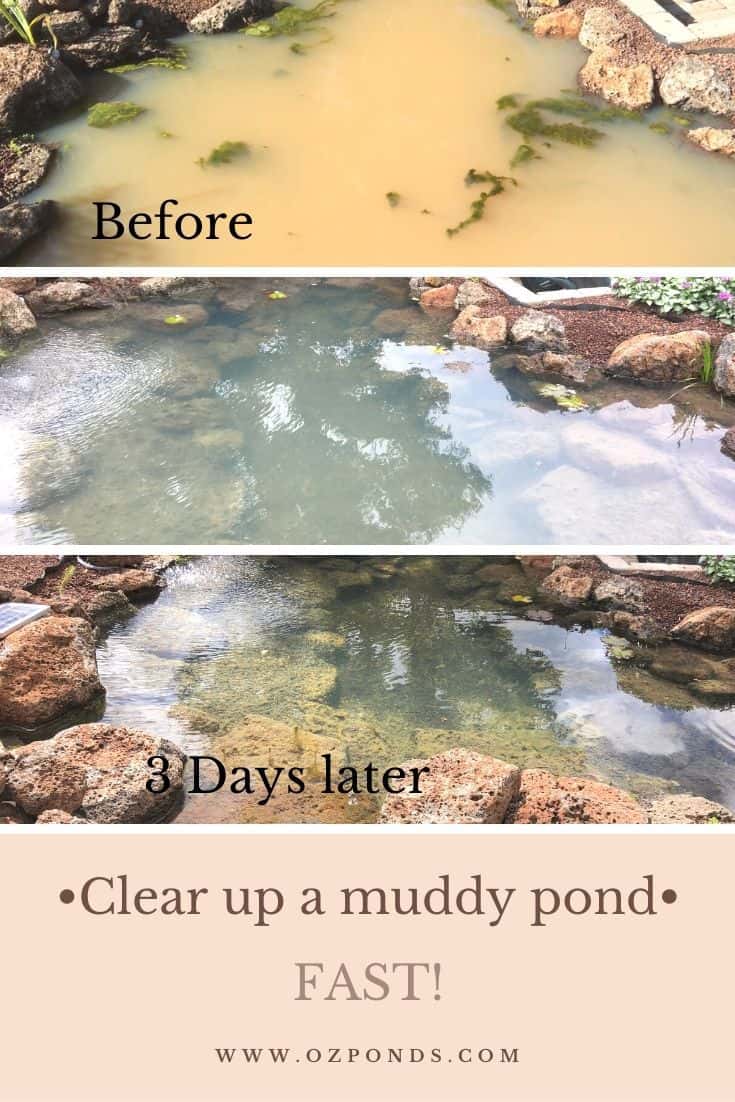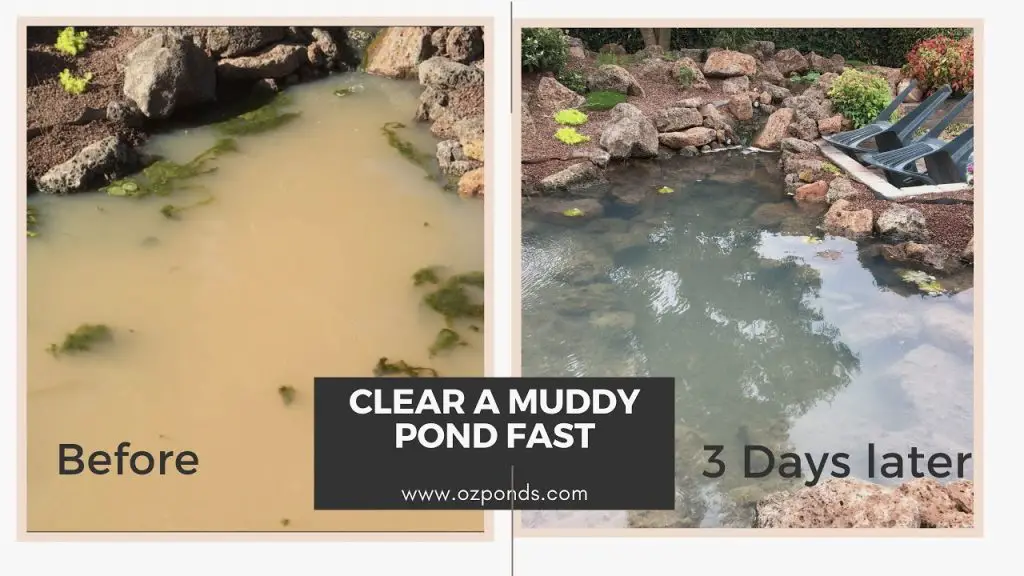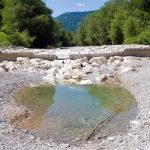Having a pond in your backyard can be a beautiful addition to your landscape, but keeping it clean and clear can sometimes be a challenge. Algae growth, debris accumulation, and imbalanced water chemistry can all contribute to a murky and unappealing pond. However, with the right maintenance and care, you can easily clear up your pond and restore its beauty. In this guide, we will discuss effective strategies and tips to help you achieve a sparkling and healthy pond.

Credit: empressofdirt.net
1. Assess the Current State of Your Pond
Before you can start clearing up your pond, it’s important to assess its current condition. Take a close look at the water clarity, the presence of algae, and any debris that may be floating on the surface or settled at the bottom of the pond. Understanding the issues affecting your pond will help you determine the best course of action.
2. Remove Debris and Organic Matter
One of the first steps in clearing up a pond is to remove any debris and organic matter that may be contributing to its cloudiness. Use a skimmer net to scoop out leaves, twigs, and other debris from the surface of the water. For debris that has sunk to the bottom, consider using a pond vacuum to clean up the sludge.
3. Control Algae Growth
Algae is a common culprit behind murky pond water. To control algae growth and clear up your pond, consider adding aquatic plants that can compete with algae for nutrients. Additionally, installing a UV clarifier or using algaecides can help keep algae in check and promote clearer water.

Credit: ozponds.com
4. Maintain Proper Water Circulation
Proper water circulation is essential for a healthy pond ecosystem. Consider installing a fountain, waterfall, or aerator to keep the water moving and oxygenated. This will help prevent stagnation and promote the growth of beneficial bacteria that can aid in clearing up the pond.
5. Balance Water Chemistry
Imbalanced water chemistry can lead to poor water quality and cloudy pond water. Test the water regularly for pH, ammonia, nitrite, and nitrate levels, and make adjustments as needed. Adding beneficial bacteria and using water conditioners can help maintain a healthy balance in the pond.
6. Use Beneficial Bacteria
Beneficial bacteria play a crucial role in maintaining a clean and clear pond. These bacteria help break down organic matter, reduce nutrient levels, and control algae growth. Consider adding a bacterial supplement to your pond on a regular basis to support a healthy ecosystem.
7. Consider Installing a Filtration System
A filtration system can significantly improve water clarity and quality in your pond. There are various types of filtration systems available, including mechanical, biological, and UV filters. Choose a system that suits the size and needs of your pond to effectively clear up the water.
8. Perform Regular Maintenance
Maintaining a pond is an ongoing task that requires regular attention. Schedule routine cleanings, check the equipment, and monitor water quality to prevent issues before they arise. By staying proactive with maintenance, you can ensure that your pond remains clear and healthy.
9. Seek Professional Help if Needed
If you’re struggling to clear up your pond despite your best efforts, don’t hesitate to seek help from a professional pond maintenance service. Experienced professionals can assess the issues affecting your pond and provide tailored solutions to restore its clarity and health.
10. Enjoy Your Clear and Beautiful Pond
With proper care and maintenance, you can successfully clear up your pond and enjoy a serene and beautiful water feature in your backyard. Take the time to appreciate the wildlife, plants, and tranquility that your pond provides, and continue to nurture its ecosystem for years to come.




